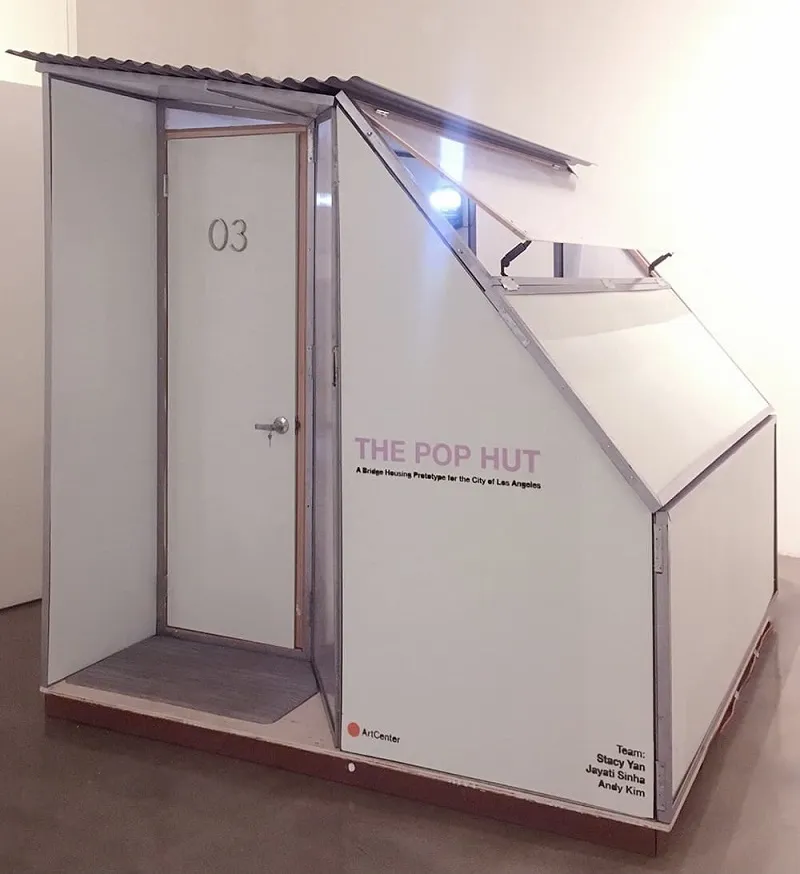Meet Jayati Sinha, who took inspiration from a Disney show and decided to become a visual designer
Delhi-based Jayati Sinha, who’s working with Fjord as visual designer, says she’s a T-shaped designer, who bridges ‘function with a strong visual silhouette’, and strongly believes in the power of visual culture.
Jayati Sinha was nine years old when she realised that she wanted to be in the creative field, courtesy a Disney show she used to watch.
She started by designing Barbie dresses and grew up to learn that there are different kinds of creative careers. Soon, she stumbled upon product design.
“I was always that irritating girl who wanted answers all the time. Every time my mom would tell me something, I would say 'but why'. So annoying. I was always a rebel who asked too many questions. I was someone who wouldn't interact with their family members because I just asked too many questions and that's not something girls do,” Jayati recalls.
She coped by shuttering herself in her room, draw things, and it eventually turned into a career.
Today, Jayati has grown to be one of the noted visual designers (physical and digital experiences) in the US. She got to be a creator, she “got to be the person who gets paid to ask ‘why’ and ‘how’”.
Prior to moving to the US in 2017, she has interned with many organisations including Viya Home, DeMuro Das and Artecnica.
She has also worked as environment designer II in fuseproject, which focused on designing and prototyping experiential environments for retail, and exhibition spaces in addition to involvement in industrial design, and strategy development.
Designing her career
After graduating in lifestyle products from National Institute of Fashion Technology, Delhi, Jayati was a part of many projects and various causes.
“At college, I was part of a craft project where we went to a village that practised metal crafts. We interacted with the craftsmen, stayed with them for a few weeks, and learned the process. We basically redesigned products for them – products more relevant to current times. That was one of the most important projects because it set me on a journey that was much more than just designing pretty objects,” Jayati recalls.
Working with artisans who clearly did not get paid enough for the beautiful products they created saddened Jayati. Her belief that beautiful objects should be made in beautiful conditions and not the present ones made her think.
Soon after, during her master’s in environmental design in the US, she was part of a homeless housing initiative in Los Angeles. She got to visualise the future of homeless housing and how she could improve it.

The low-cost dwellings Jayati Sinha worked on
Jayati explored personality development stages and created products derived from emotions and life experiences.
She says she is a T-shaped designer, who bridges “function with a strong visual silhouette”. She enjoys working with colours, patterns, compositions, and believes in the power of visual culture.
While working as an environment designer at Fuseproject, a design and innovation firm led by Yves Béhar, she has made contributions to the industrial design, experience design, and strategy team.
During her time at the San Francisco-based team, she was part of a COVID-related ventilator project, which proved “extremely valuable” as she had always wanted to do something in the healthcare industry.
“Getting to work with people who save lives for a living is such an honour and something I want to do long term. This was my opportunity to be part of something big. When people were quarantining at home and feeling helpless, I felt very lucky to be able to be part of this project,” Jayati says.
She has recently joined Fjord’s San Francisco office as a visual designer and is looking to work on some impactful projects here as well.
Overcoming challenges
However, reaching this stage wasn't a cakewalk for Jayati. She had struggled in India, trying to convince people that women “deserve to have professions”, and feels blessed and lucky to have a supporting family.
“I think a woman always has these challenges, these power struggles. In the US, I have had the privilege to work with some very successful women designers and it is very encouraging to see that is something every woman can achieve. Of course it's sad that sometimes we have to try harder just to prove our worth.”
She adds that designers create innovative products that to some extent have to be visually appealing. Adding functionality to the mix makes things complex, and finding the right balance is the “key to good design”.
Jayati says, “My personal projects relate to human psychology; how people grow and go through experiences, how people work and what kind of things they need when they are being, you know, flawed beings and things along those lines. This is something I really love doing personally.”
She adds that she sometimes struggles with clients who don't necessarily understand what she does. For them, it might just be a “make it pretty” project, but that’s not how designers work and “that’s not how products and experiences succeed”.
“Indian culture is all about these beautiful moments and experiences. Indians know how to create beautiful environments that bring life to a space, that makes people happy, and so I think this field of design can be of a lot of value,” she says.
In the future, Jayati aims to learn more about medtech and blend psychology and healthcare. It could be for “products, environments, or different experiences in healthcare”.
Edited by Teja Lele









